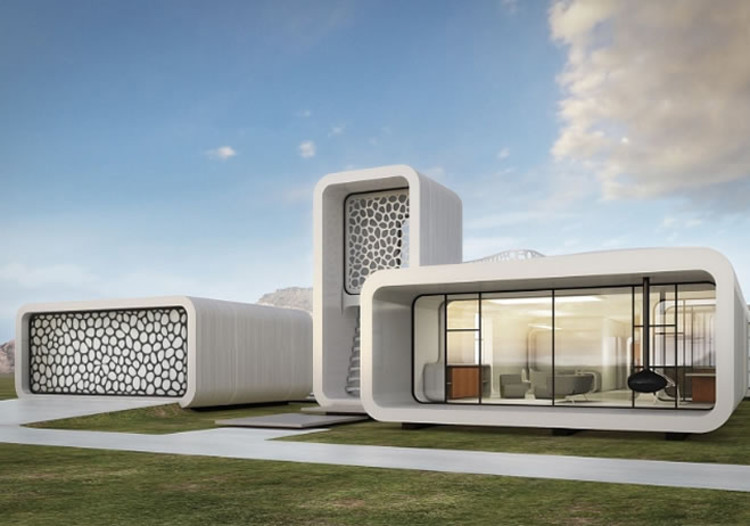Sofoklis Giannakopoulos, a researcher at the Institute for Advanced Architecture of Catalonia (IAAC), has designed Pylos, a 3D printer that utilizes a natural, biodegradable, cheap, recyclable and local material that everyone is familiar with: the earth.
In an effort to make 3D printing a “large scale construction approach” even in years of economic and environmental turmoil, Pylos explores the structural potential of soil, a material that has been widely used in vernacular architecture around the world, and particularly in the Global South.
Learn more about the printer after the break.


__VULCAN__Parkview_Green__Beijing_Design_Week_2015._Courtesy_LCD_and_BJDW-25.jpg?1446041084)

__VULCAN__Parkview_Green__Beijing_Design_Week_2015._Courtesy_LCD_and_BJDW-25.jpg?1446041084)
__VULCAN__Parkview_Green__Beijing_Design_Week_2015._Courtesy_LCD_and_BJDW-17.jpg?1446040651)
__VULCAN__Parkview_Green__Beijing_Design_Week_2015._Courtesy_LCD_and_BJDW-19.jpg?1446040758)
__VULCAN__Parkview_Green__Beijing_Design_Week_2015._Courtesy_LCD_and_BJDW-20.jpg?1446040824)



.jpg?1443463602)


















